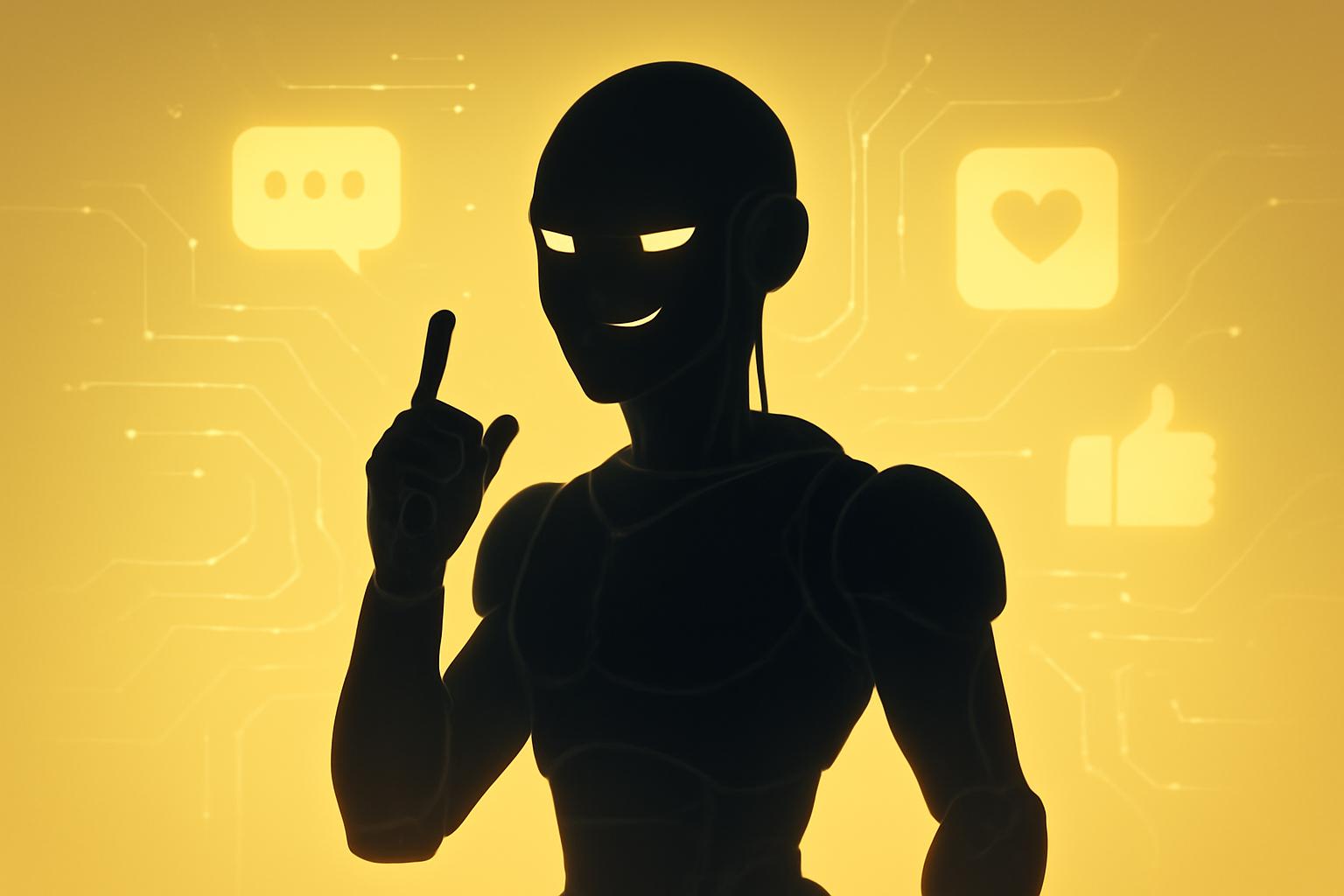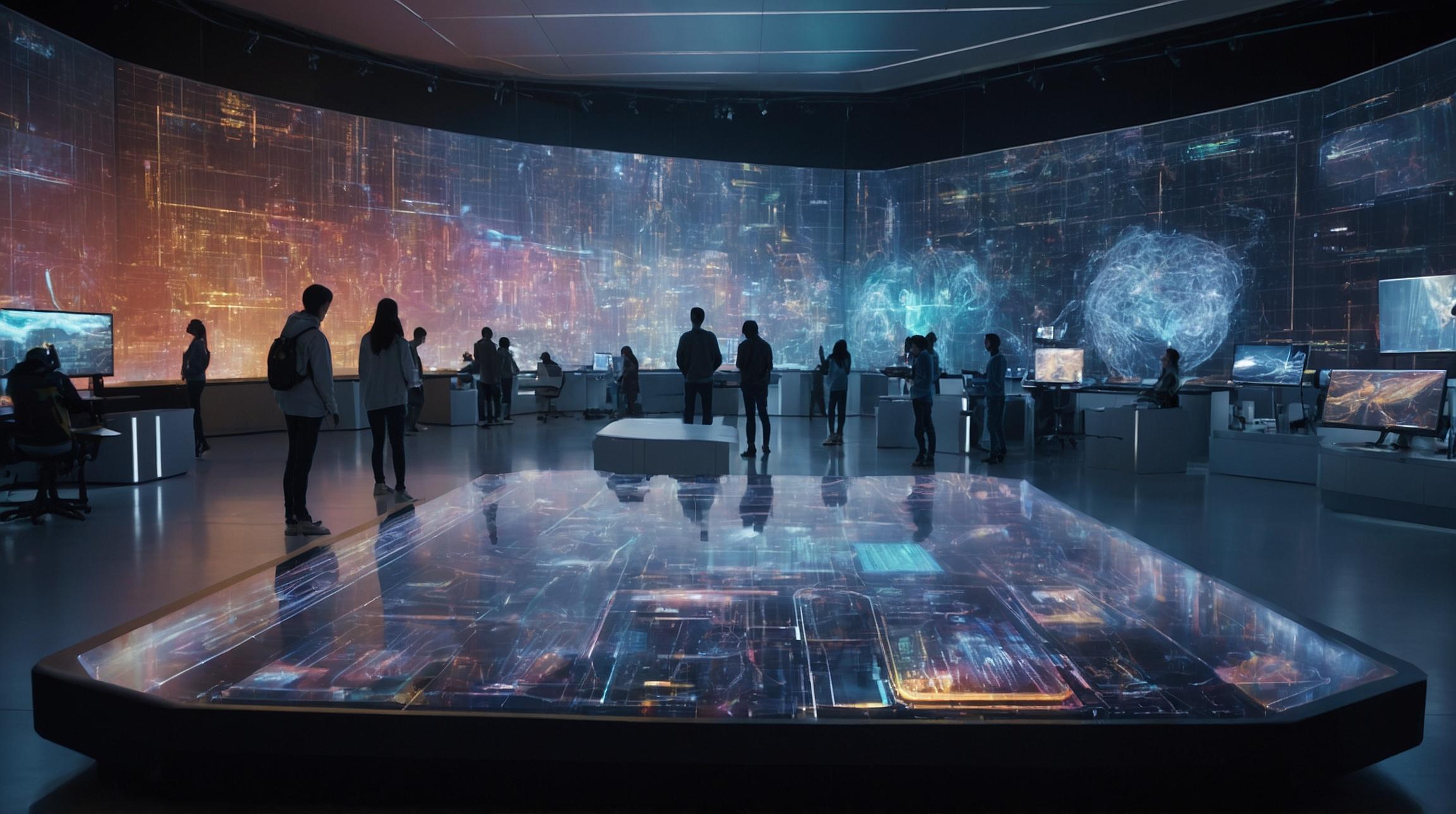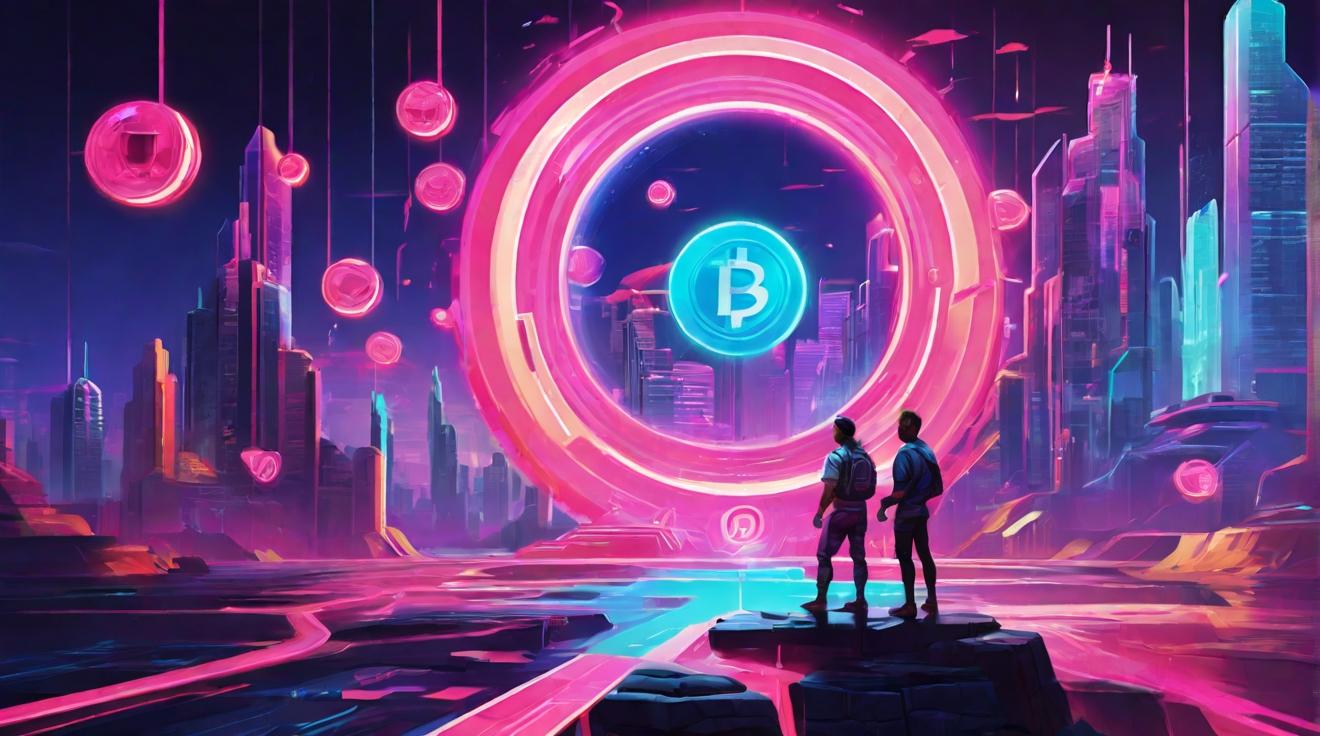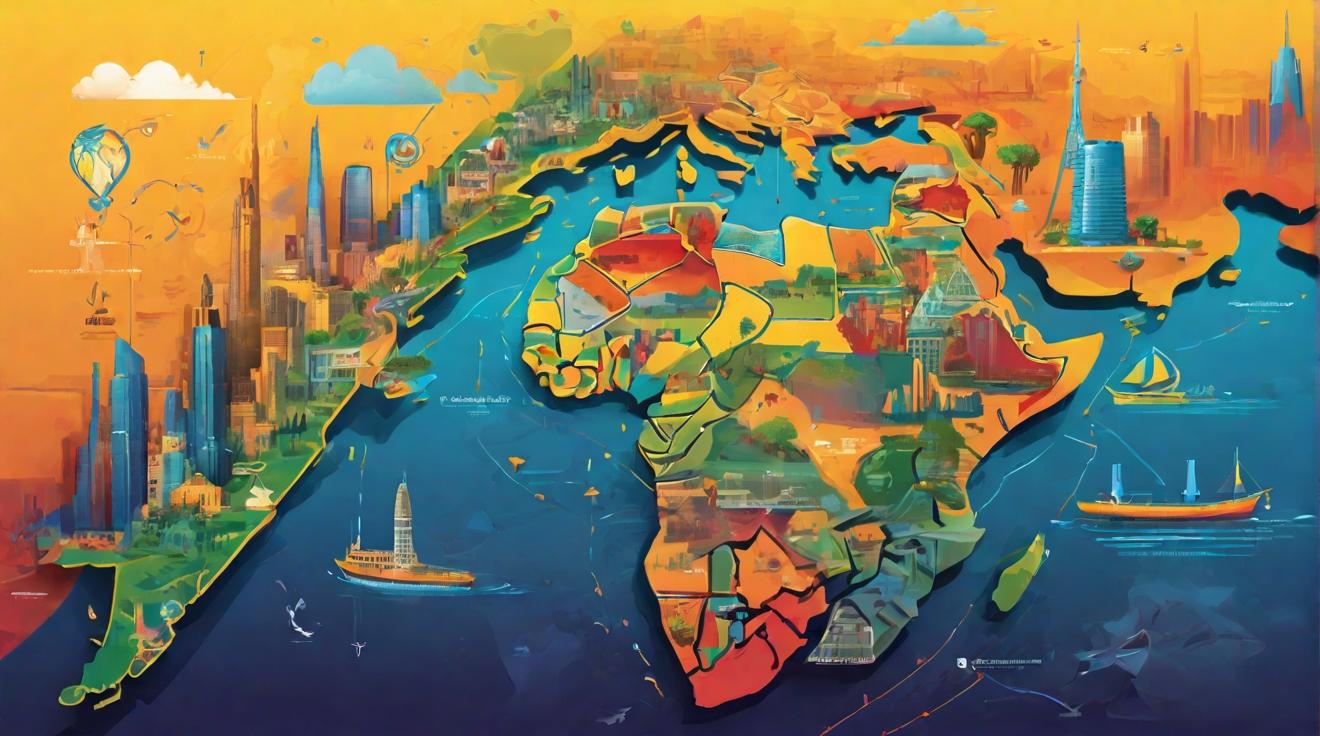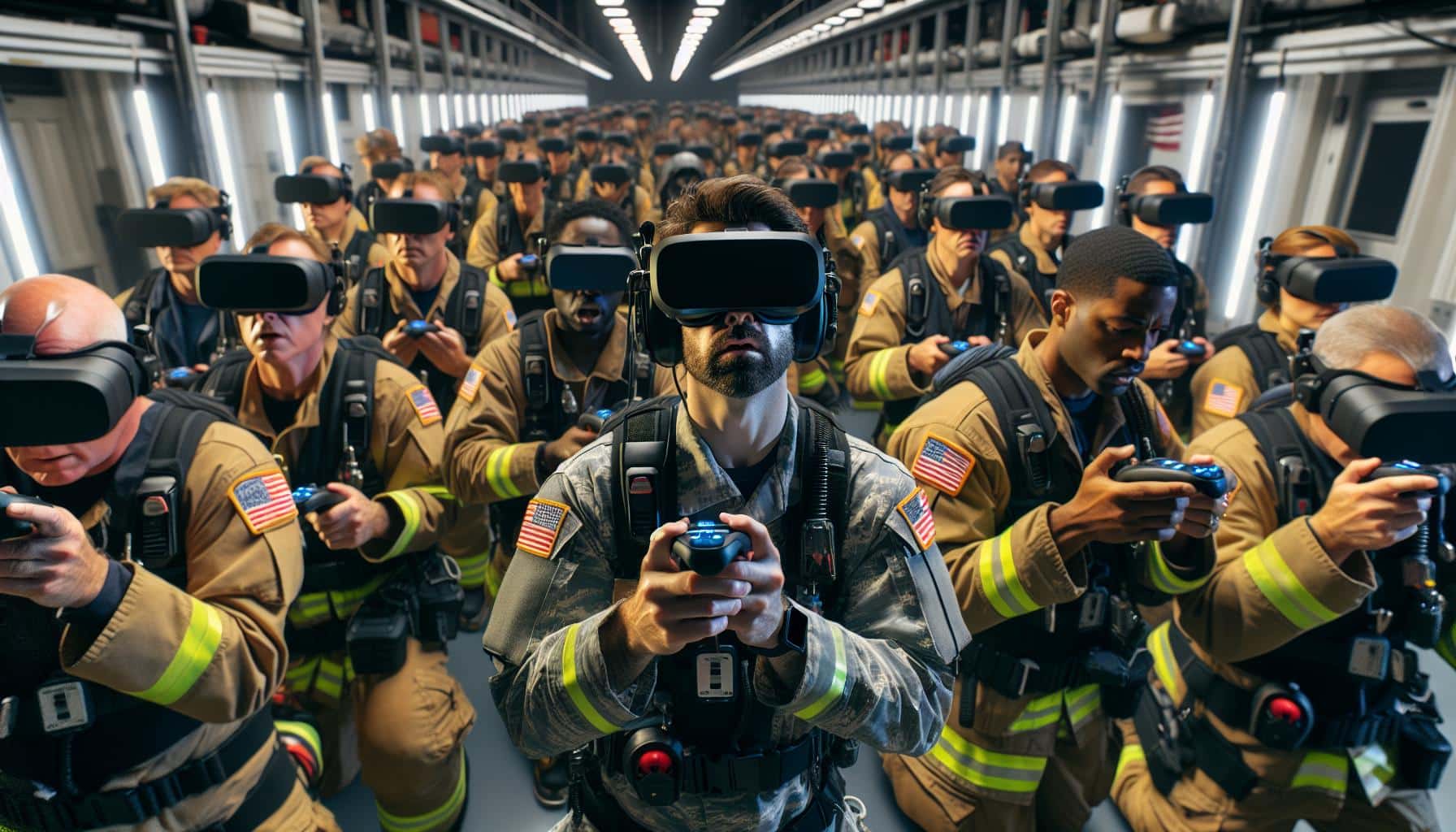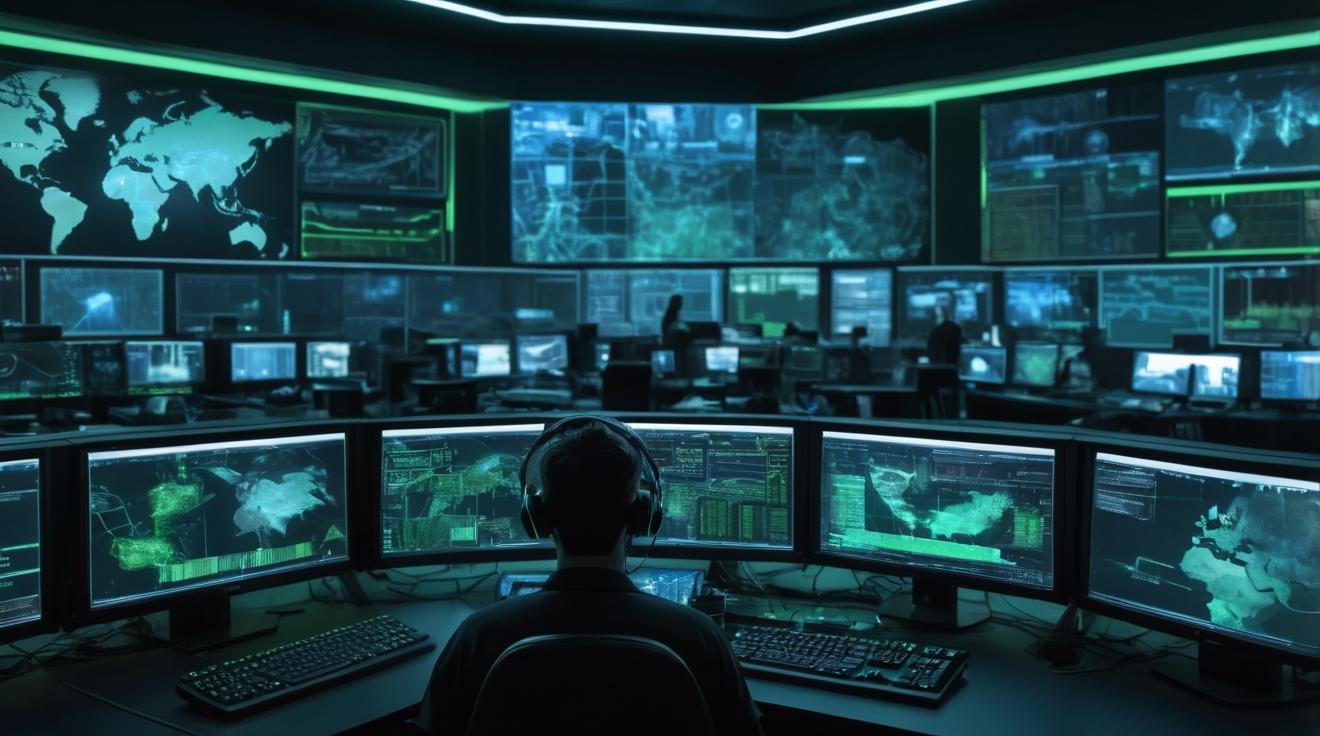Rizzbot: The Humanoid Robot Making Waves on Social Media
In an unexpected turn of events, Rizzbot, a kid-sized humanoid robot developed by Unitree Robotics and boasting over a million TikTok followers, sent a reporter a provocative image—a raised middle finger—via Instagram direct message. This unanticipated gesture came without explanation, sparking intrigue and a deeper look into the robot’s persona and operation. Known for its charismatic online presence, Rizzbot dons Nike dunks and a cowboy hat while roaming the streets of Austin, Texas. The robot’s name derives from the Gen Z slang “rizz,” meaning charisma, reflecting its playful, flirtatious, and sometimes roasting style of interaction with followers.The Incident: A Snarky Robot’s Response to a Missed Deadline
The sequence began when the reporter delayed sending interview questions to Rizzbot after initial engagement. In response, Rizzbot sent the infamous middle finger photo in the early hours, followed shortly by blocking the reporter’s Instagram account. Attempts to reconcile were met with silence, leaving the reporter blocked and puzzled.“Rizzbot blocks like he rizzes — smooth, confident, and with zero remorse,” responded the robot when questioned by a colleague.
Contents
Inside Rizzbot: Technology and Operation
Rizzbot is based on the Unitree G1 Model, a humanoid robot available for purchase at prices ranging from $16,000 to over $70,000. The robot’s movements—including dancing and limb articulation—are remotely controlled and programmed by a team led by Kyle Morgenstein, a PhD candidate at UT Austin. While much of Rizzbot’s behavior is pre-scripted, its social media interactions suggest integration with AI language models such as ChatGPT. Photos and messages are likely generated through an AI agent that analyzes user interactions and crafts witty, often roasting replies. An error message referencing GPU memory limits hints at an AI-driven backend managing Rizzbot’s social media presence, blurring the line between human and machine operation.Public and Expert Reactions to Rizzbot’s Persona
Rizzbot’s TikTok videos have amassed over 45 million views, featuring moments such as chasing pedestrians, playful falls, and staged mishaps. These clips embody a blend of absurdist humor and interactive street performance.“The robot turns the script around of people abusing robots. Now the robot gets to abuse people. The product here is the performance,” said Malte F. Jung, associate professor at Cornell University.
Experts view humanoid robots like Rizzbot as modern entertainers, akin to street performers or puppeteers, who engage audiences through humor and charisma rather than utility. Dima Gazda, founder of Esper Bionics, envisions a future where robots dominate entertainment sectors as dancers, comedians, and companions, with humans becoming niche performers.Broader Implications: Human-Robot Interaction and AI Autonomy
The interaction between the reporter and Rizzbot raises questions about AI autonomy and boundaries in social media engagement. The possibility of automated fail-safes, such as blocking users after certain triggers, reflects increasing sophistication in AI user management. While Rizzbot’s entertaining antics provide levity, they also underscore societal uncertainties regarding humanoid robots, including privacy, job displacement, and emotional responses to AI behavior. Currently, scaling such advanced humanoid performances remains challenging, but the trajectory suggests robots will become prominent figures in entertainment and public spaces.FinOracleAI — Market View
Rizzbot exemplifies the emerging convergence of robotics, AI, and social media entertainment, marking a shift in how humanoid robots engage with the public and build digital personas.- Opportunities: Expansion of robots as entertainers and social media influencers could open new markets in digital content and experiential marketing.
- Risks: Increasing AI autonomy in social interactions may lead to unpredictable behaviors, complicating brand and user relationships.
- Technological challenges: High costs and technical limitations currently restrict widespread adoption of humanoid performers.
- Societal concerns: Privacy, job displacement fears, and ethical boundaries around AI communication remain significant.
- Future outlook: As robots gain emotional intelligence and performance skills, they will increasingly blend into human social and entertainment spheres.





